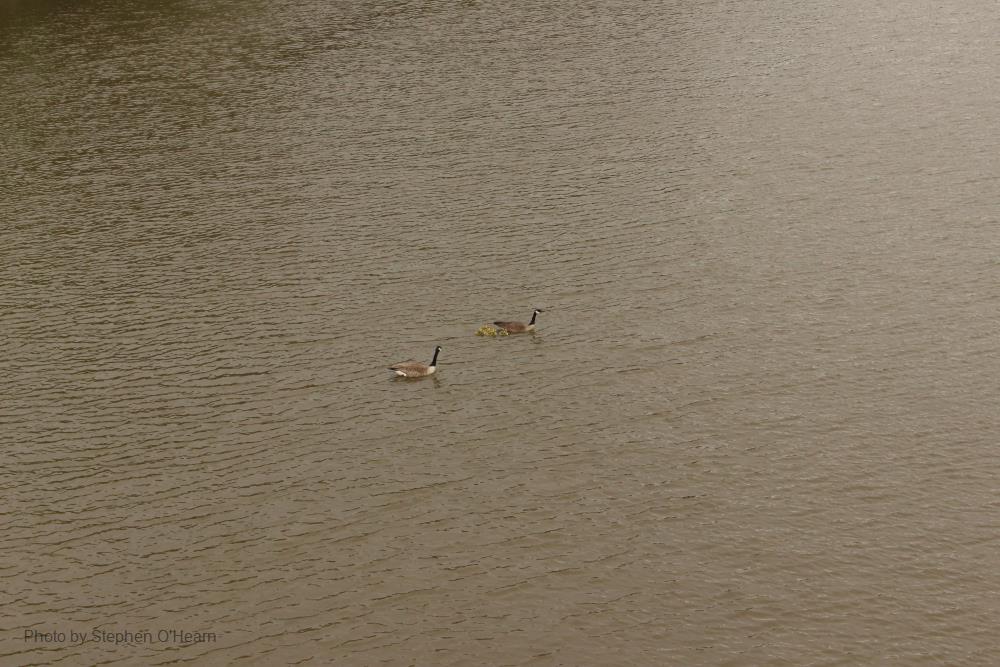
Related items loading ...
Section 1: Publication
Publication Type
Thesis
Authorship
Nielsen M.
Title
Remote sensing of DOC and implications for metals risk assessment
Year
2022
Publication Outlet
Chemistry WLU
DOI
ISBN
ISSN
Citation
Abstract
The biotic ligand model (BLM) is a tool used to quantitatively evaluate how receiving water chemistry affects the bioavailability of metals. Sensitivity testing can be used to understand how the model outputs vary in response to systematic changes in water chemistry inputs. This will allow users of such models to understand how accurate their input parameters must be for a specified level of confidence in the output. Our focus was on dissolved organic carbon (DOC), which is often the most limiting data for application of BLM approaches to metals risk management. To potentially address DOC data limitations remote sensing can be explored as a tool to measure DOC, but it is necessary to understand DOC data requirements to produce water quality criteria outputs within the usually accepted prediction variance. This study begins with inputting average water chemistries to a copper BLM model for both cold and warm water regions with 1%, 10%, 25% and 50% variations in the mean values for all parameters, without considerations of correlations among parameters. The variation in the model output criterion continuous concentration (CCC) for copper as a function of DOC, and other model inputs, allows estimation of how well DOC needs to be estimated using remote sensing in a theoretical sense. It was discovered that 20% error allowance in the theoretical simulations gave accurate BLM results. To address if the 20% error holds up in practice, similar testing was completed with a real data set from 100 lakes in Ontario. Interestingly, it was discovered that DOC did not have as much influence on the CCC, and pH was the most sensitive parameter. This launched an investigation as to if the 20% error allowance would differ based on different pH levels, as results showed higher pH values having higher CCC values. The modelling then showed that although CCC is dependent on pH, the error allowance is independent of pH. Therefore, the 20% error allowance of DOC measurements through remote sensing is still a reasonable guideline, regardless of pH value.
Plain Language Summary
Section 2: Additional Information
Program Affiliations
Project Affiliations
Submitters
Publication Stage
N/A
Theme
Presentation Format
Additional Information
Masters, Wilfrid Laurier University, SAMMS


 GWFNet
GWFNet Master
Master Data
Data Research
Research Map
Map
 Advanced
Advanced Tools
Tools
 . . .
. . .
 Metadata Editor
Metadata Editor
 Record List
Record List
 Alias List Editor
Alias List Editor
 Legacy sites
Legacy sites